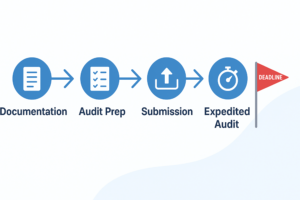Many businesses use Excel spreadsheets to track, collate, and process data, and it’s easy to understand why. Excel is ubiquitous and is easy to use. Excel’s strengths, however, can also become serious risks. Last October, Public Health England lost 16,000 COVID-19 test results because of limits on the number of rows Excel can handle:
A million-row limit on Microsoft’s Excel spreadsheet software may have led to Public Health England misplacing nearly 16,000 Covid test results.
The data error, which led to 15,841 positive tests being overlooked in tabulating the official daily figures, means than 50,000 potentially infectious people may have been missed by contact tracers and not informed to self-isolate.
When the number of rows of data exceed the limit in an Excel file, the extra rows are cut off when the file is opened, resulting in data loss. The scenario above is just one example. While most businesses will have data sets that are much smaller, there are still several other risks to consider when using Excel as a database, including:
- Errors in manipulating cells in an Excel spreadsheet
- Lack of standardization of spreadsheets
- Difficulty of quality control
- Limits on the ways Excel can display data
Freer’s white paper on mitigating such risks with Enterprise Risk Management software (ERM) explains these risks in greater detail and details how ERM software can work as a solution. If you would like to know more on how Freer can help you with risk management, contact us at 206-285-9044 or [email protected] https://www.freerconsulting.com/business-services







